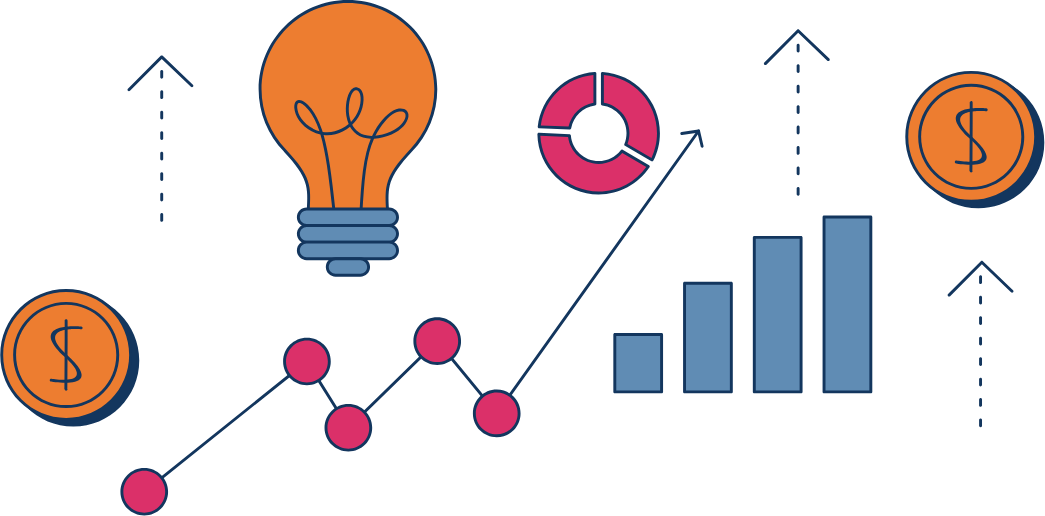
Unleashing the Power of Stata in International Economics Research
Dongwan Choo
School of Economics and Finance, Massey University, Palmerston North, New Zealand

School of Economics and Finance, Massey University, Palmerston North, New Zealand
In the dynamic landscape of international economics research, the importance of robust and sophisticated tools cannot be overstated. Stata, a statistical software package, has emerged as an invaluable companion for researchers navigating the complexities of global economic phenomena. This article explores the multifaceted usefulness of Stata in conducting research in international economics, highlighting its capabilities in data analysis, econometrics, and visualization.
Stata's intuitive data management capabilities significantly streamline the process of handling large and complex datasets. For instance, in my recent study on trade costs and bilateral consumption risk sharing, Stata played a pivotal role in reconstructing data at the country-pair level. We employed the software's versatile data manipulation features to integrate and structure diverse datasets, enhancing the precision and granularity of their analysis.
For example, the panel data can be easily transformed from a wide panel to a long panel by using the reshape command. Consider a dataset that has each row consisting of variables while the column is for a year. This is called a wide format since the years of data are wide. However, we may want the data to be long, where each year of data is in a separate observation, to conduct a panel regression. This can be done in one line of the reshape command.
. reshape long v, i(countrycode indicatorcode) j(year)
(j = 6 7 8 9 10 11 12 13 14 15 16 17 18 19 20 21 22 23 24 25 26 27 28 29 30 31 32 33 34 35 36
> 37 38 39 40 41 42 43 44 45 46 47 48 49 50 51 52 53 54 55 56 57 58 59 60 61 62 63 64 65 66 67
> 68 69 70 71 72 73 74 75 76 77 78 79 80 81 82 83 84 85 86 87 88 89 90)
Data Wide -> Long
-----------------------------------------------------------------------------
Number of observations 8,605 -> 731,425
Number of variables 89 -> 6
j variable (85 values) -> year
xij variables:
v6 v7 ... v90 -> v
-----------------------------------------------------------------------------
The ability of Stata to seamlessly merge datasets from disparate sources, with the reshape command shown above, proved essential in creating a comprehensive dataset tailored for the unique demands of the study. This not only saved valuable time but also ensured the accuracy and reliability of the data used in the subsequent analysis.
Stata's comprehensive graphing and visualization tools proved invaluable in presenting the findings of the trade costs and risk-sharing study. We leveraged the software's capabilities to create insightful charts and graphs, effectively communicating the complex relationships identified in their analysis. This visual representation enhanced the clarity and impact of their research in the field of international economics.
The dynamic and customizable nature of Stata's visualization tools allowed researchers to tailor graphical representations to the specific needs of their audience. Whether presenting at conferences, in academic papers, or policy briefings, the ability to convey complex economic concepts visually facilitated a more profound understanding among diverse stakeholders.
For instance, in our paper, we provide a direct empirical evidence of the effects of trade costs on bilateral consumption risk sharing by using the regional trade agreement (RTA) data. The figure below shows how RTA evolved over time across the world.

One of the key strengths of Stata lies in its advanced econometric tools. In the context of the trade costs and risk sharing paper, we utilized Stata to implement sophisticated panel data models, unravelling the intricate relationships between variables across different country pairs and time periods. The software's user-friendly interface facilitated the execution of complex models, providing a deeper understanding of the impact of trade costs on bilateral consumption risk-sharing.
The versatility of Stata's econometric functions allowed us to explore various modelling approaches, from basic regressions to advanced panel data techniques. Stata proved especially useful in constructing a country-pair panel dataset using country-level data, enabling researchers to capture bilateral economic relationships and dependencies with unparalleled accuracy.
International economics often involves longitudinal studies and analysis of panel data. Stata's specialized tools for panel data analysis were instrumental in the aforementioned study, allowing researchers to account for individual and time-specific effects at the country-pair level. This granular approach contributed to a more nuanced understanding of how consumption patterns and trade costs mechanisms evolve over time.
By harnessing Stata's panel data capabilities, researchers were able to uncover dynamic patterns and trends that would have been challenging to detect with conventional analytical approaches. The software's capacity to handle the intricacies of panel data, such as fixed and random effects, proved indispensable in capturing the complexity inherent in international economic relationships.
In the realm of international economics research, Stata stands out as an indispensable tool, offering researchers a powerful and versatile platform for data analysis, econometrics, and visualization. Its role in reconstructing data at the country-pair level for the trade costs and risk-sharing study exemplifies its efficacy in handling intricate datasets and contributing to nuanced research outcomes. STATA's unique ability to construct country-pair panel data using country-level information further establishes its relevance in analysing bilateral consumption risk sharing, making it an invaluable asset for researchers seeking to unravel the intricacies of the global economic landscape.
Reproduced with permission from Dongwan Choo